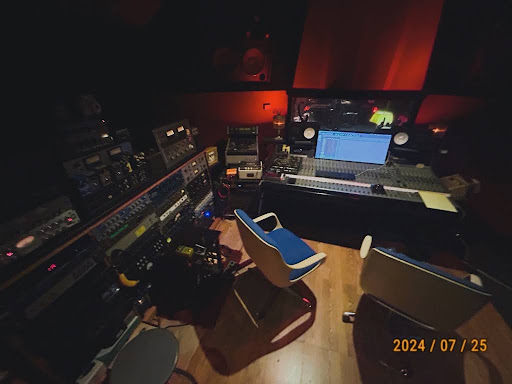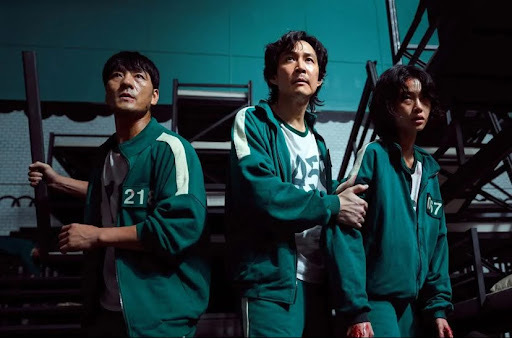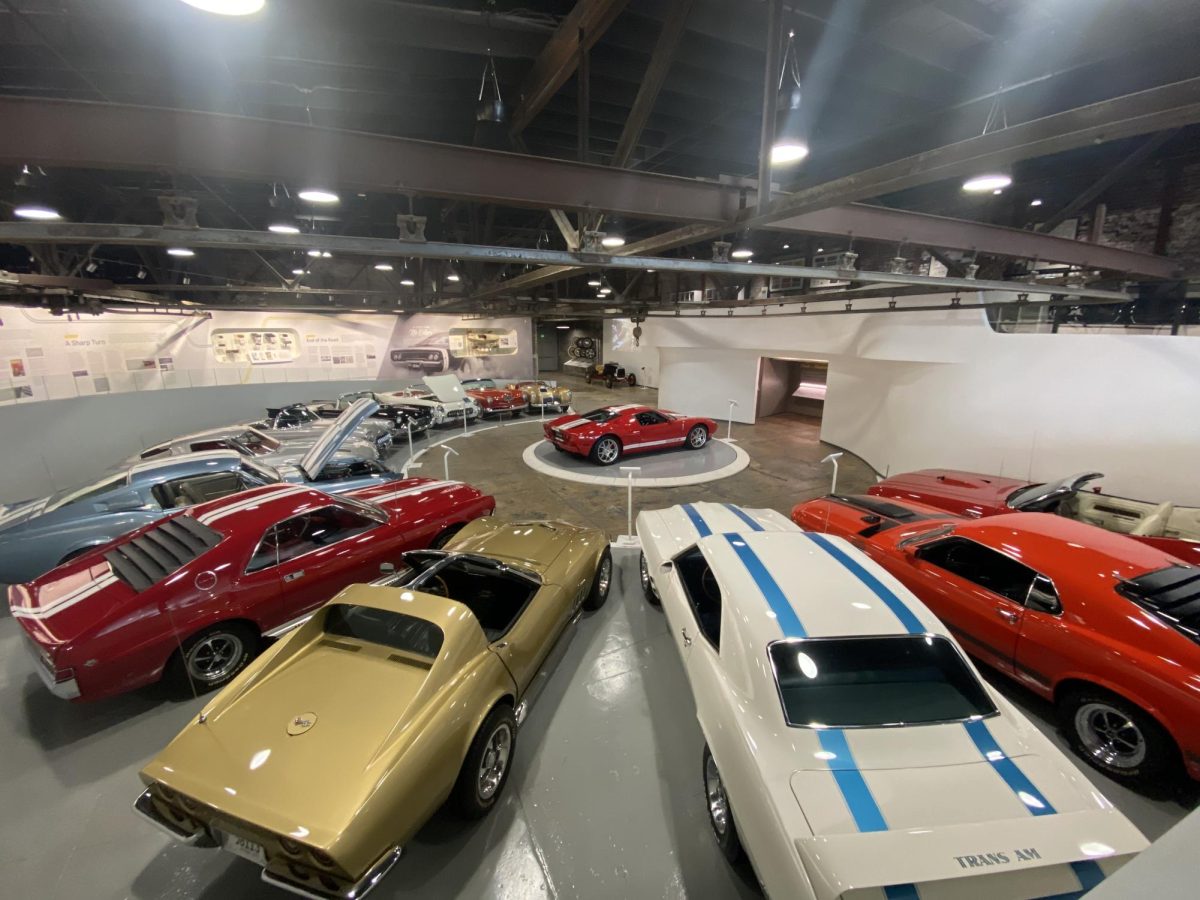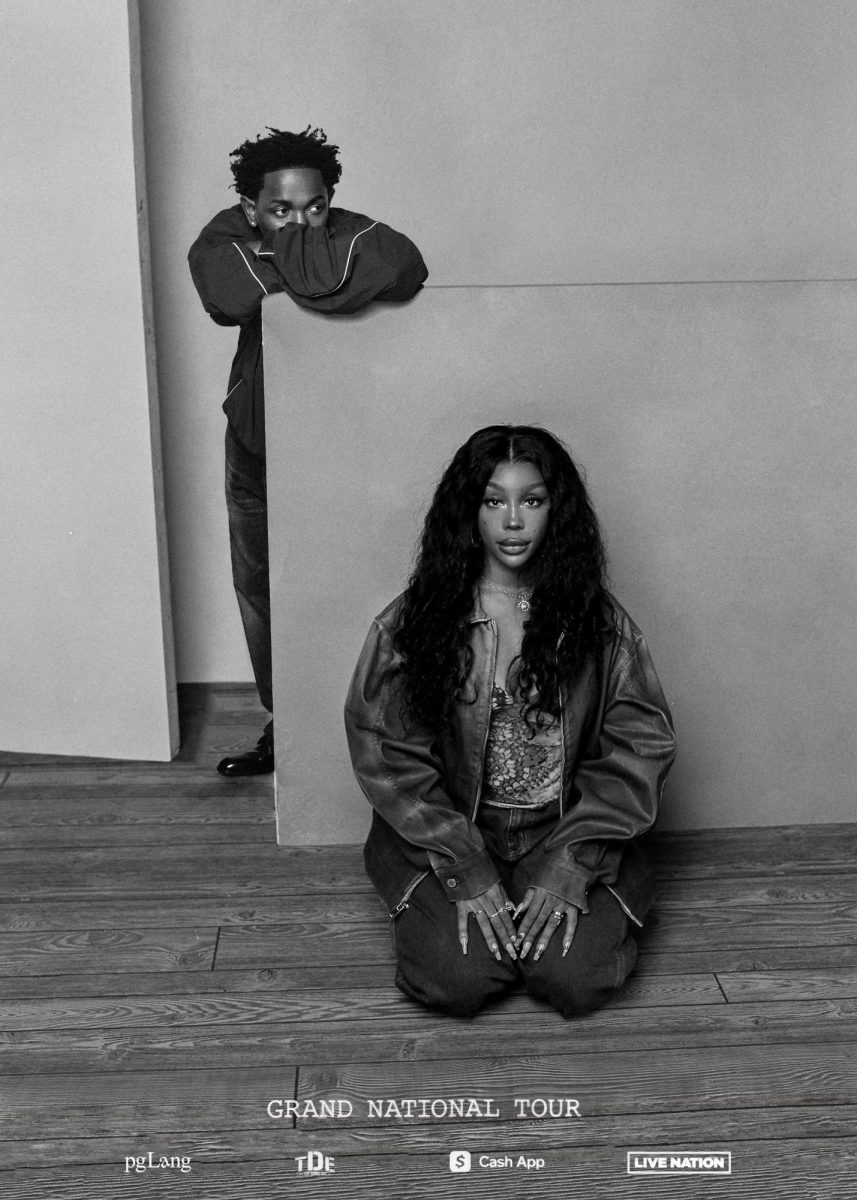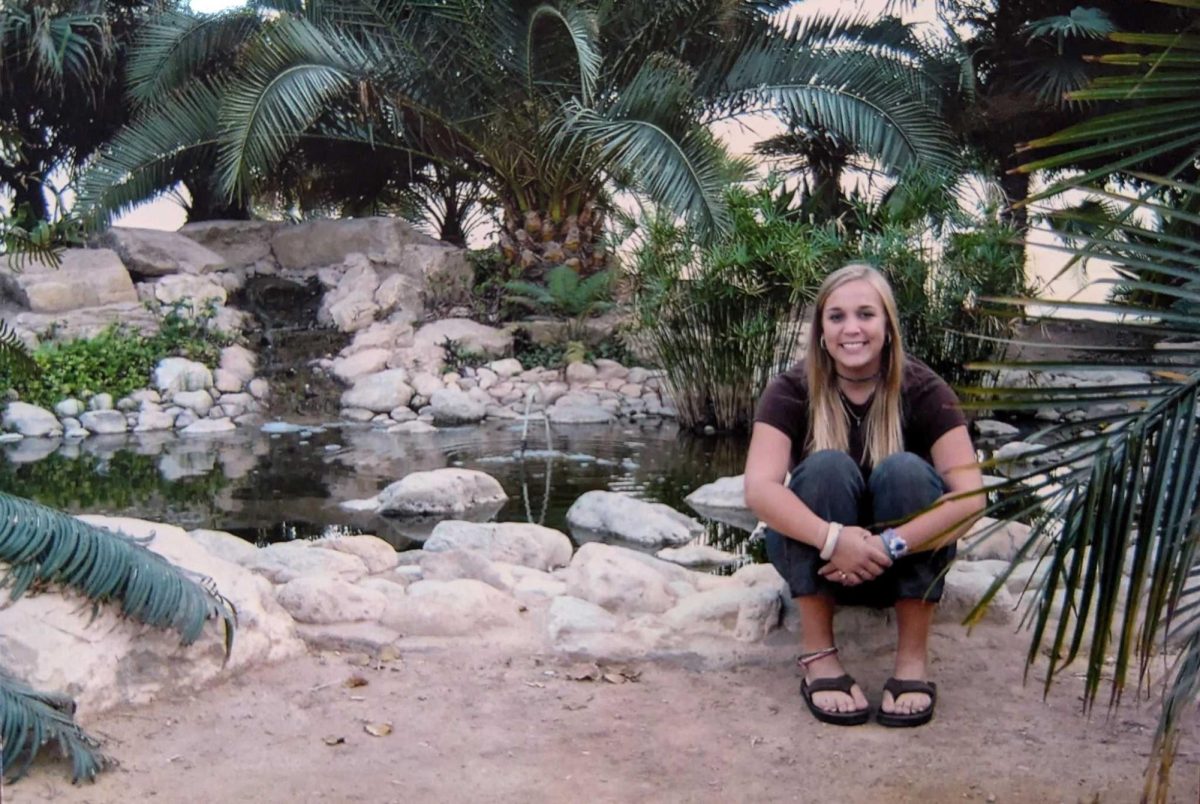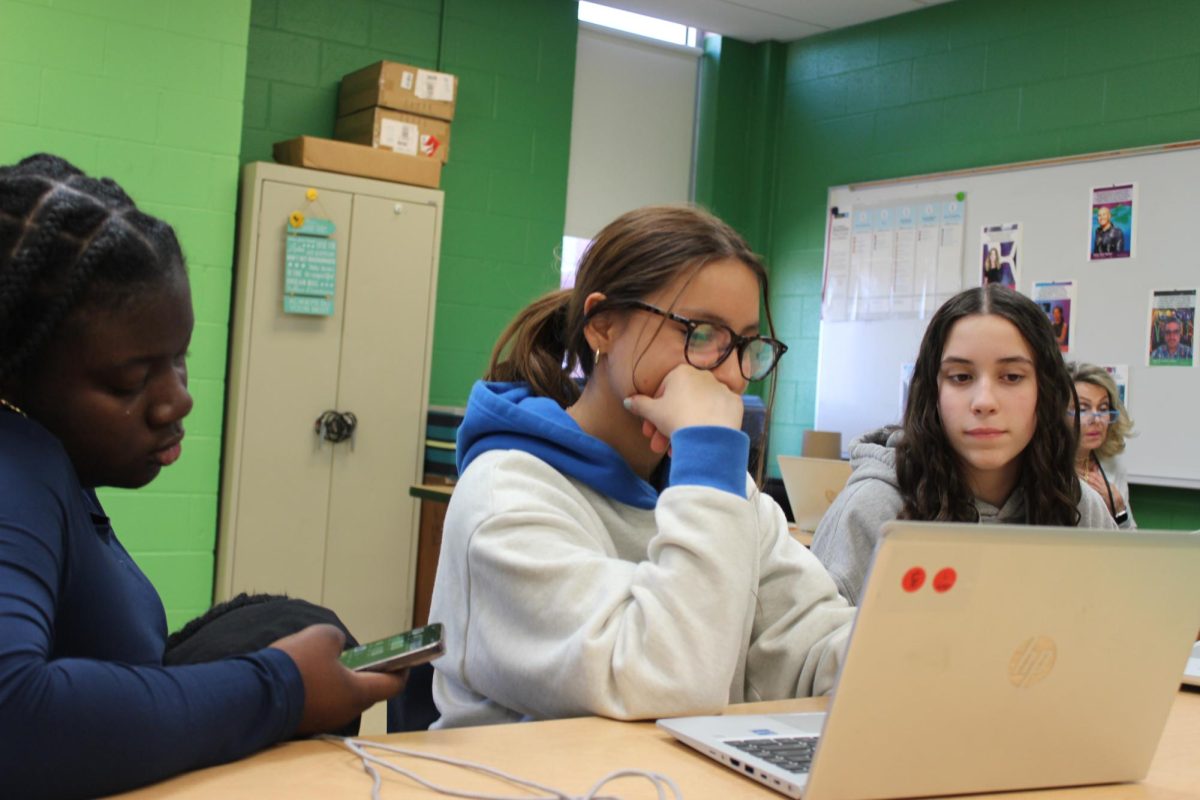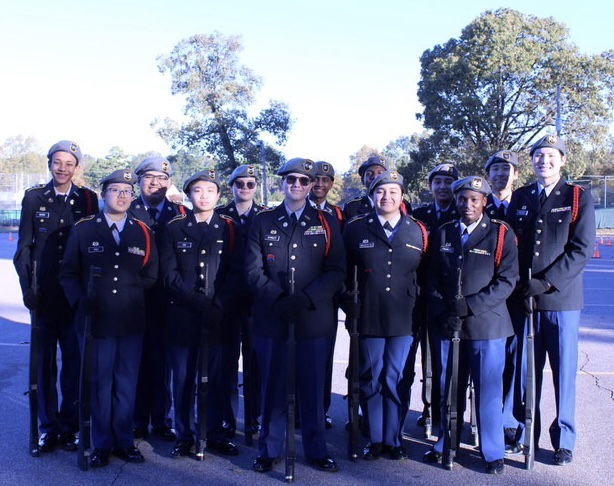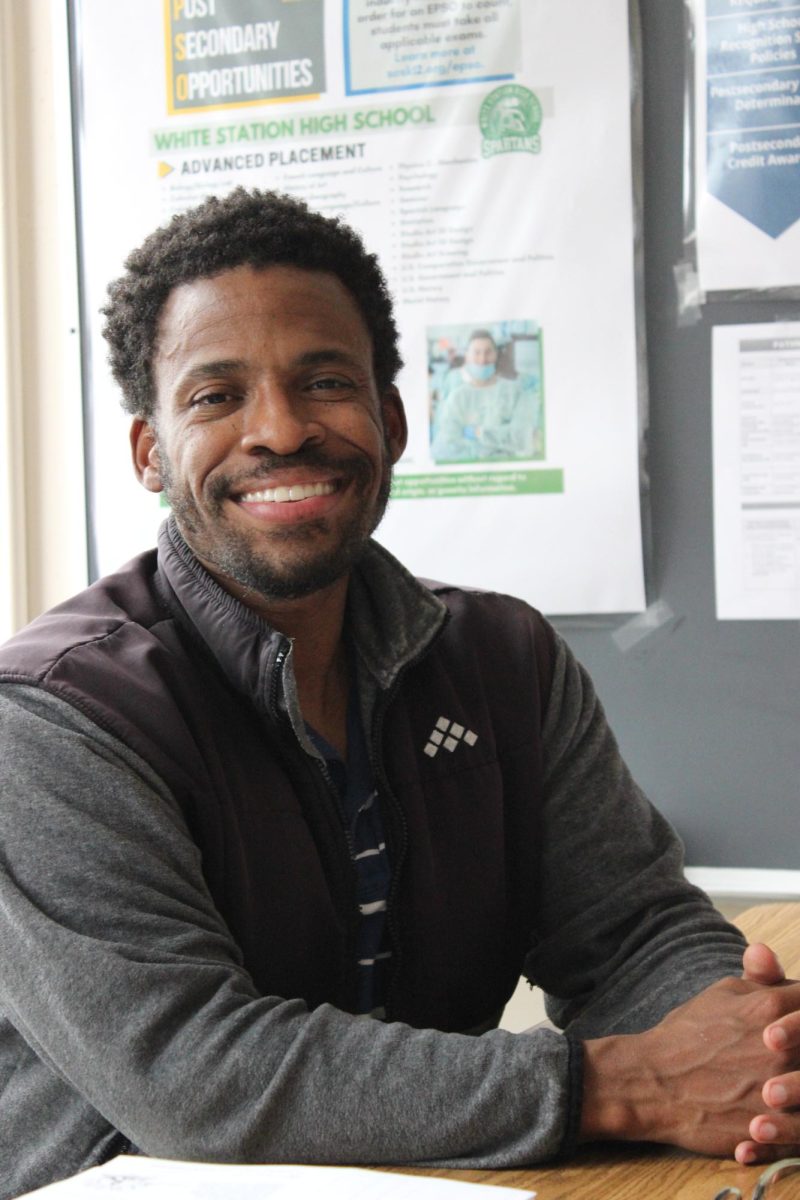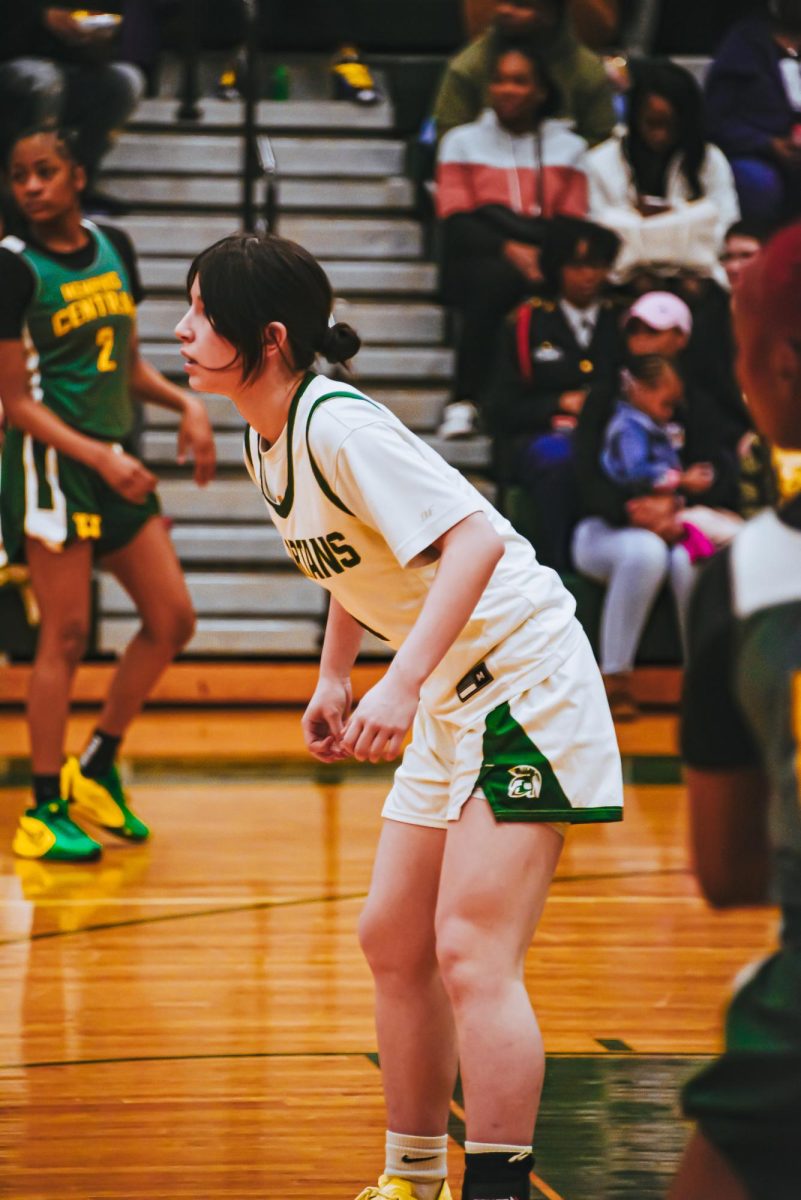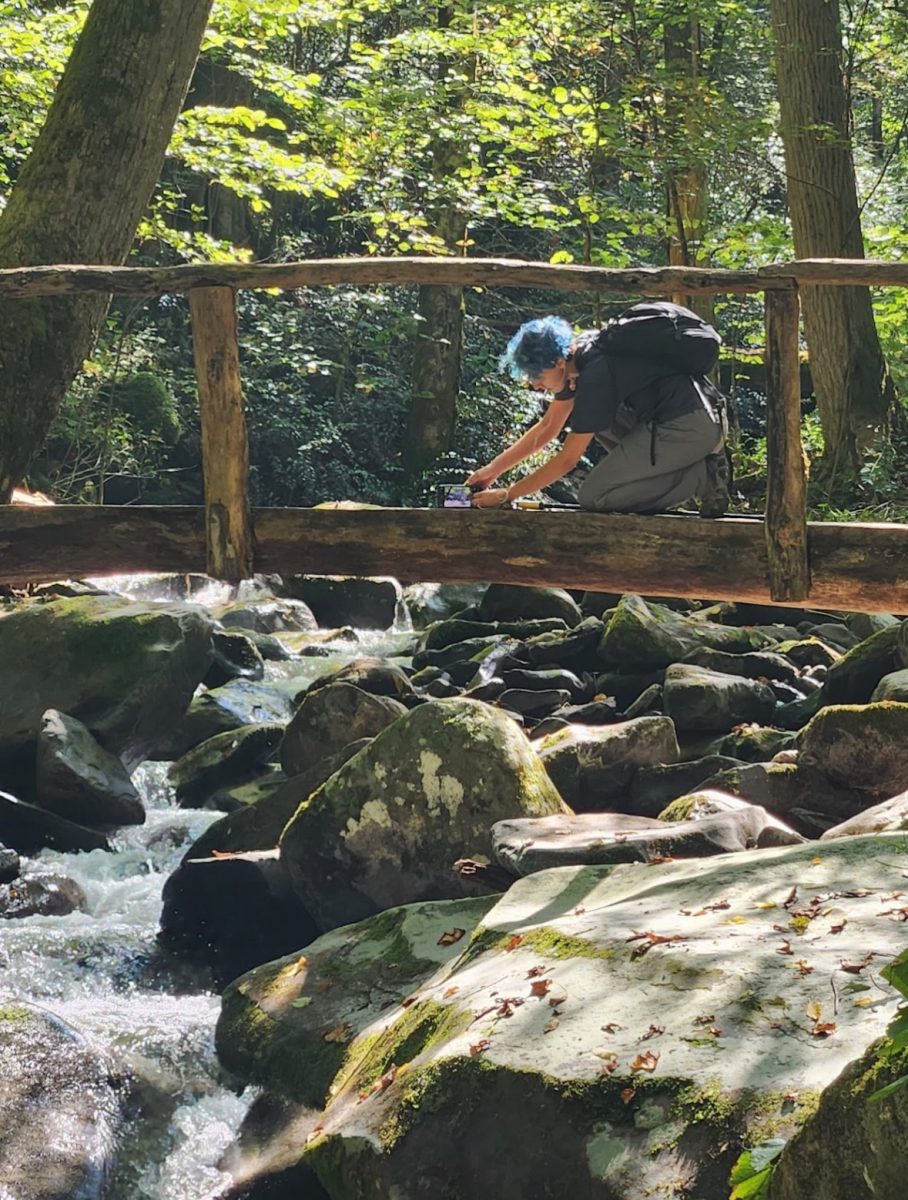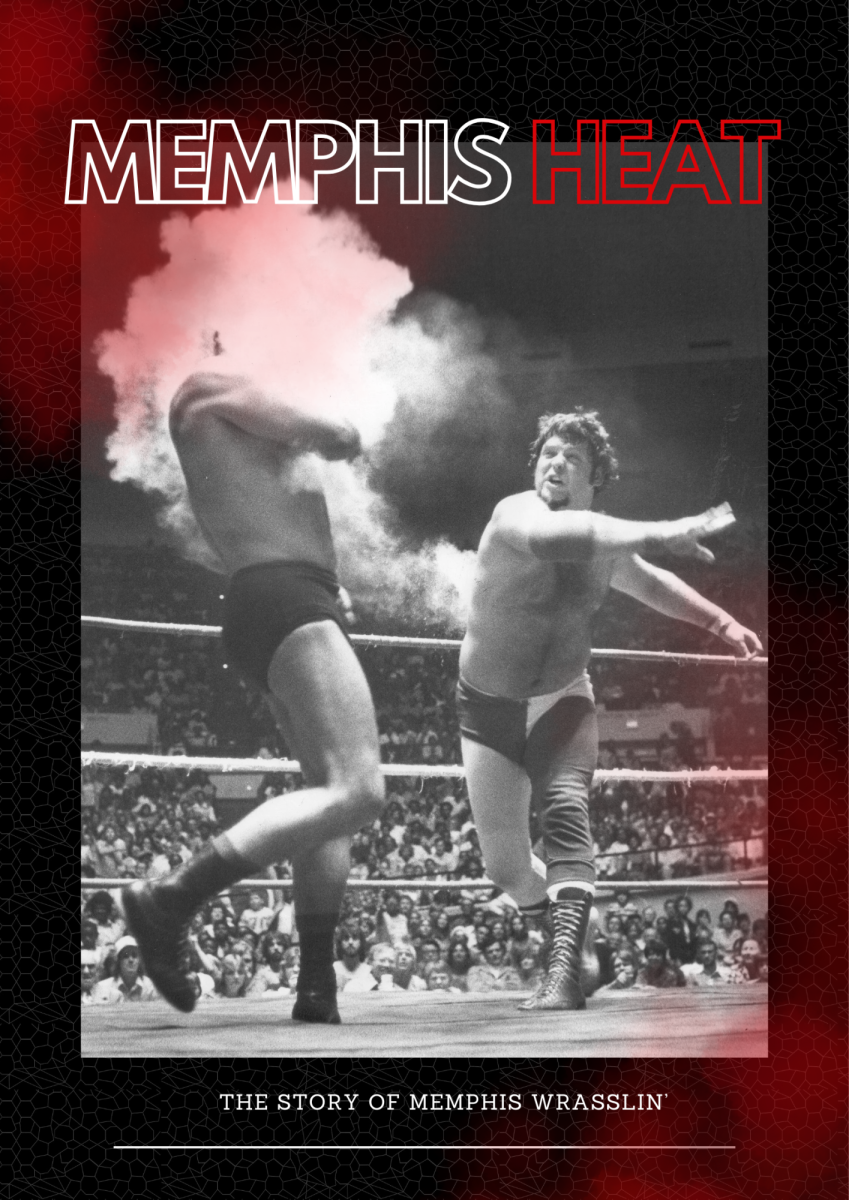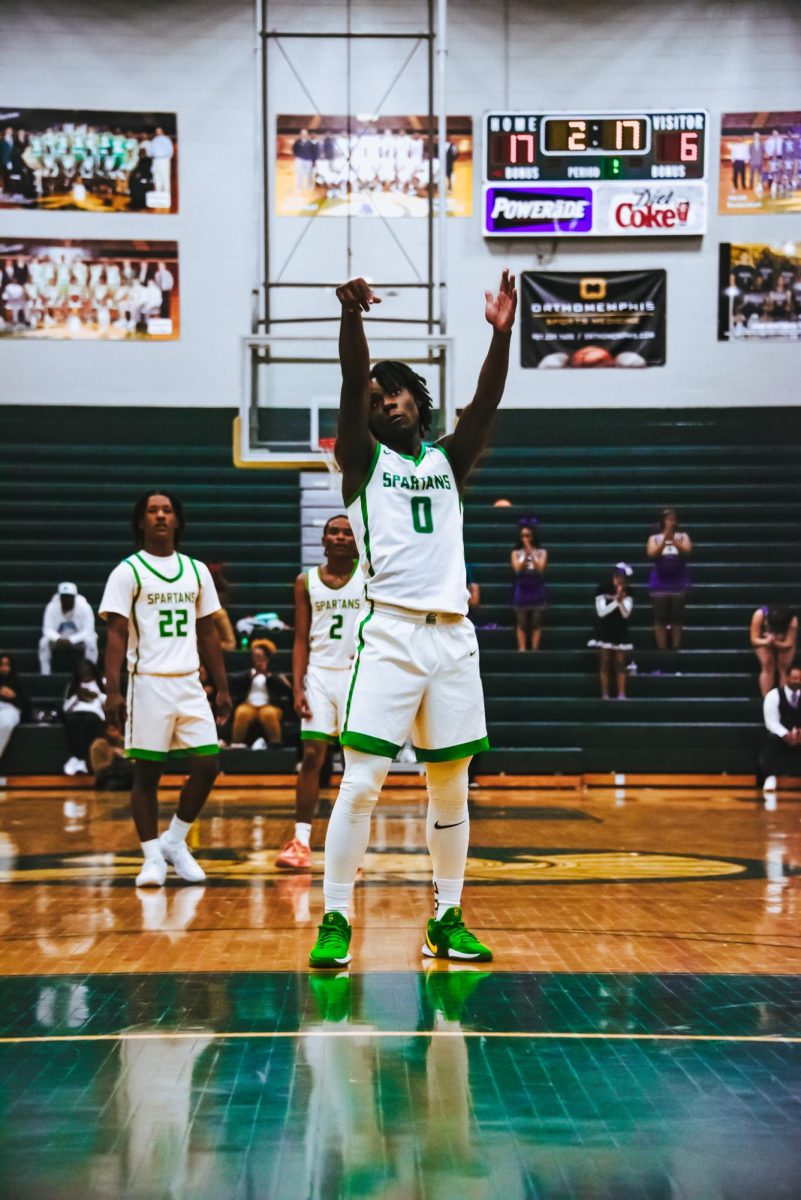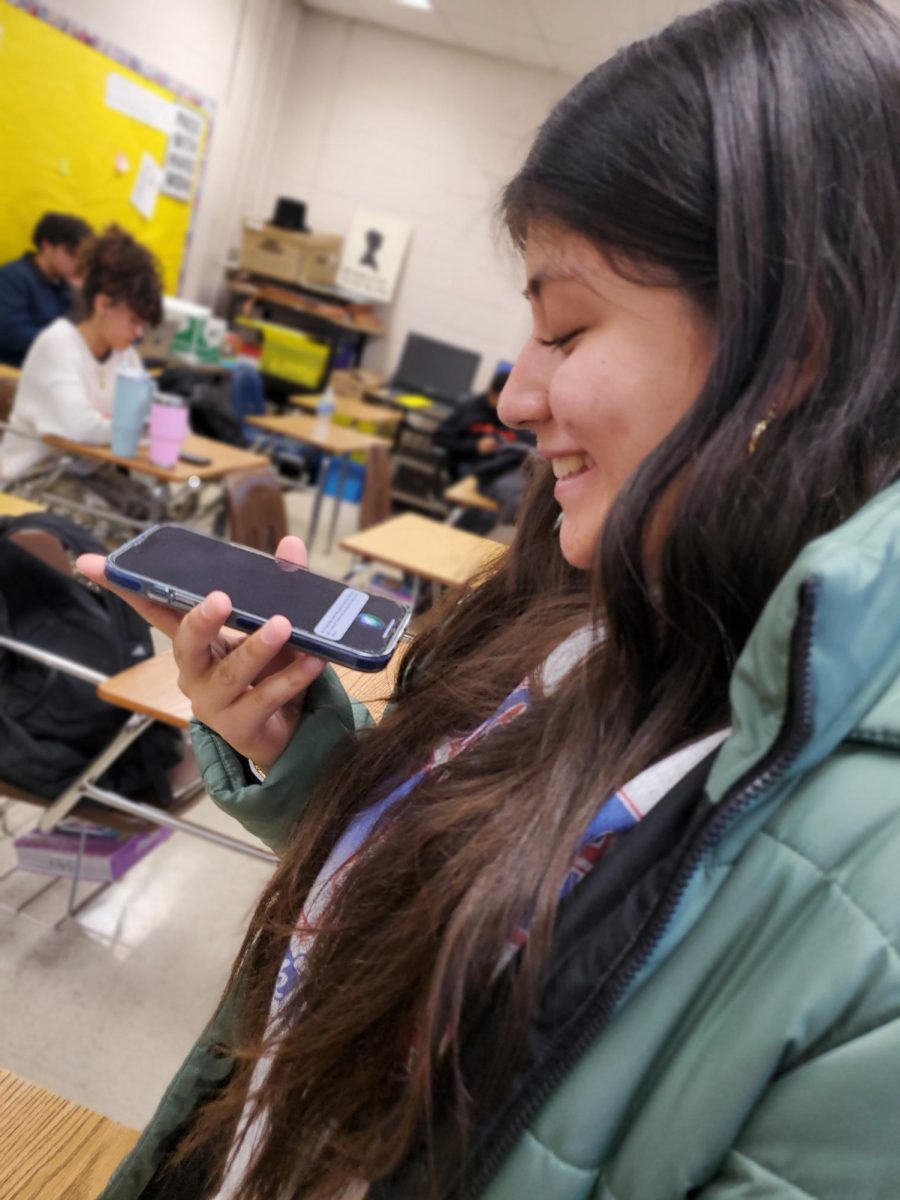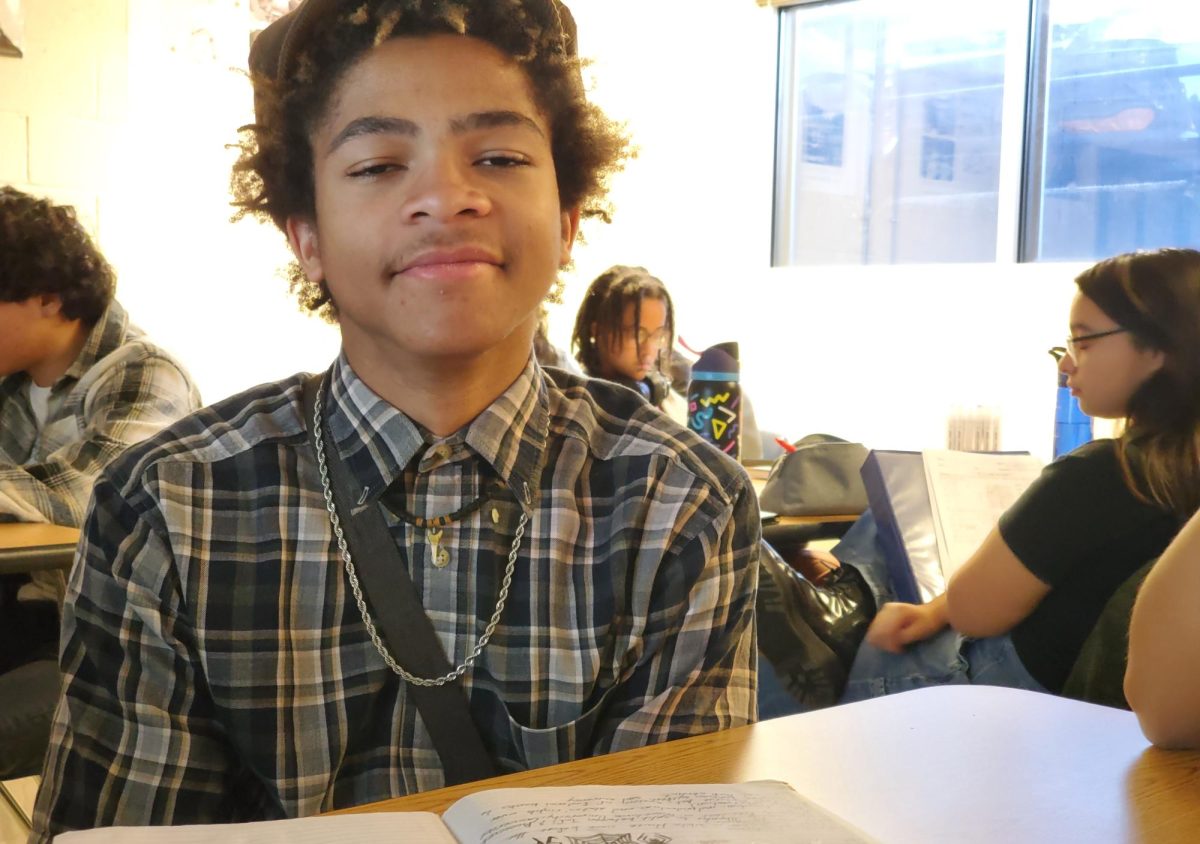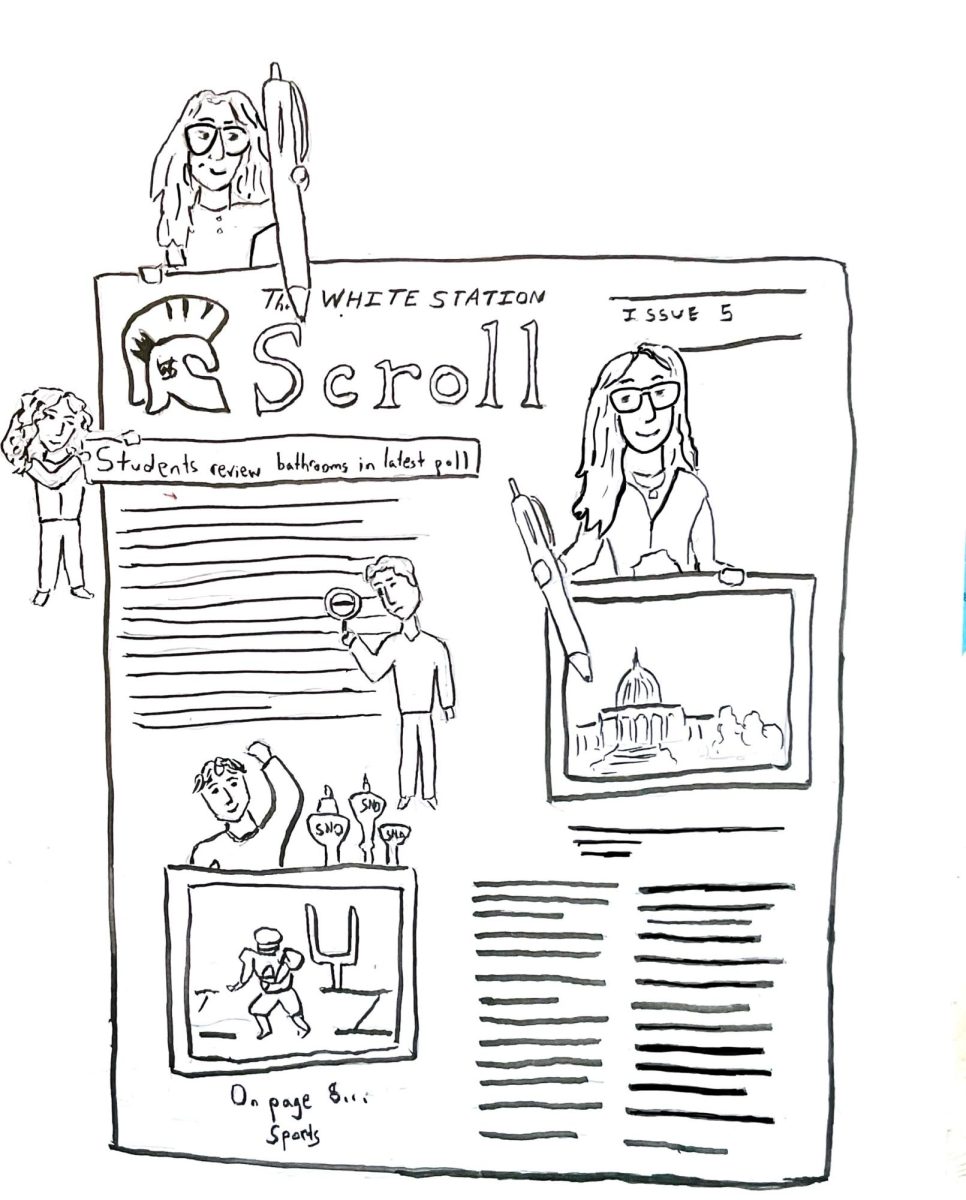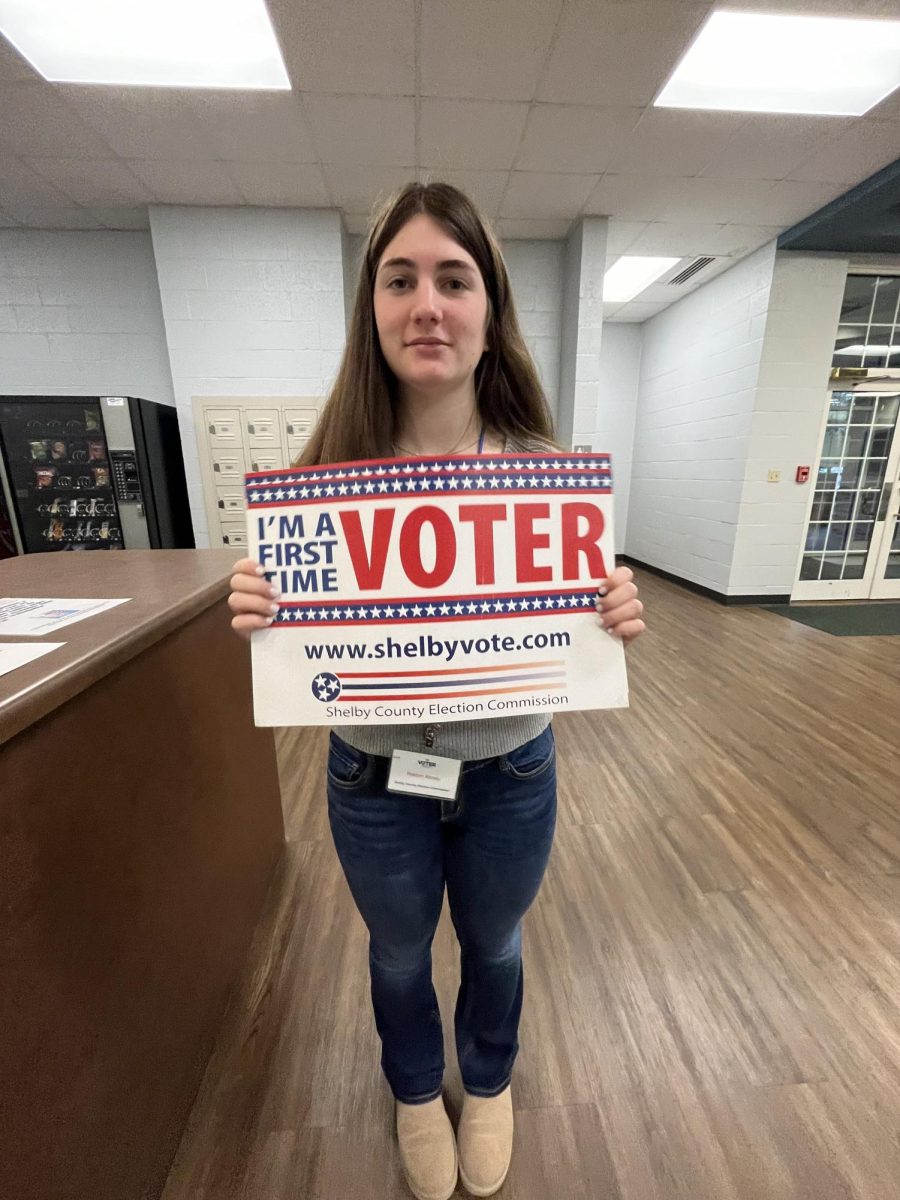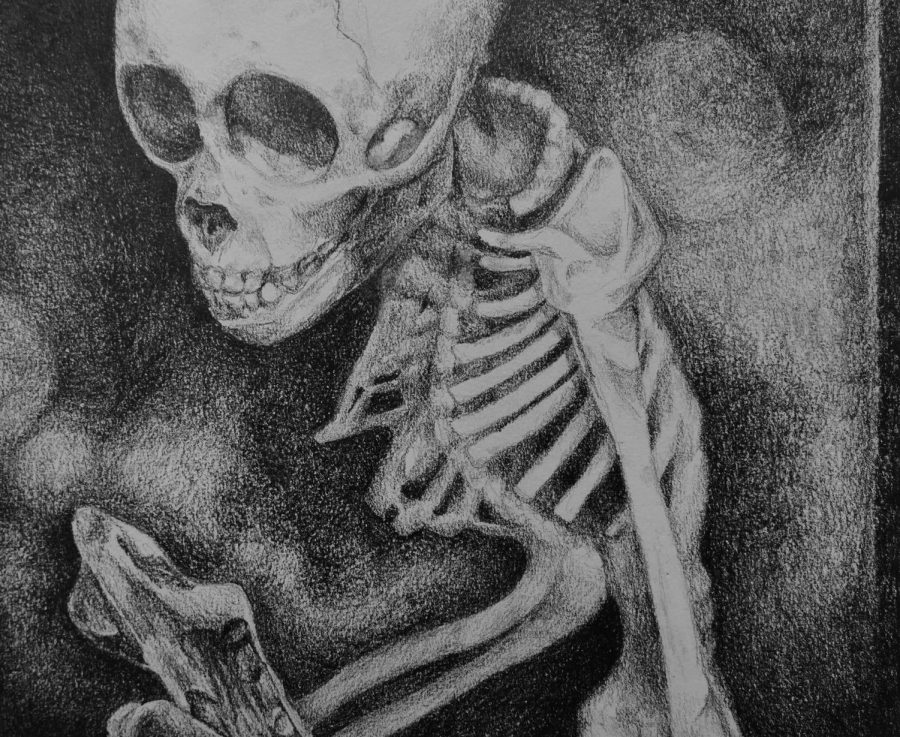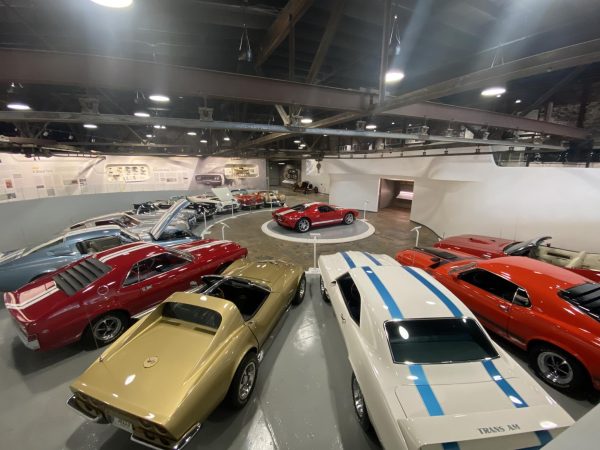Drawing the bane of a bone’s story
EVAN GREEN//USED WITH PERMISSION
Evan Green’s (11) most recent graphite pencil drawing depicts a young monkey’s skeleton. He took the reference photo at the Pink Palace Museum, a common source for his unorthodox concentration.
In a lone desertscape, perished animals are able to posthumously provide to the scavengers as they circle round and pick the flesh, leaving the hard off-white frame. Who now – with no substance left – is there to appreciate the skeletal remnant? The patterns of sand grain in the wind, streaking across the skeleton’s image, soon phase into the small strokes of a graphite pencil as artist Evan Green (11) paints its portrait. Green has a passion for exploring skeletal anatomy.
“Other subject matter has always frustrated me because I just wouldn’t understand it enough,” Green said. “And so I would need to use all of these references and try to figure it out. But with [bones] I feel like I have a natural understanding of it.”
Green has had a longtime interest in paleontology and geology since he was a child. He was a common-case dinosaur kid, but that passion began to haunt him as he aged. AP Art is a way to foster that interest as he pursues a career in geology.
“I don’t necessarily have a mental separation between animals and humans, so it’s not like a ‘status’ thing,” Green (11) said. “I guess I just understand [animal anatomy] more. And I like the variation that’s in it because you can see the evolution and how these animals evolved into other things.”
Green reflects his subjects’ history through a specific texture. What’s unique about Green’s style is his use of circular strokes instead of smooth shading. This technique creates a gravelish texture on the drawing, making the skeleton look fresh out of the ground.
“My appreciation of Evan’s aesthetics have grown after seeing the latest two works, where there is an exaggeration of the contrast to create more of an illusion of chiaroscuro and more intricate textural detail,“ art teacher Charles Berlin said.
Berlin has watched Evan grow as an artist since he was a freshman. As he crafted his style, Green has also developed his confidence as an artist. He chooses not to pursue photo-realism within his works so the audience will recognize it as hand-crafted. There is hard work and true emotion behind every square inch of the paper.
“I don’t know if it’s necessarily the subject material that does it for me, but it’s definitely a process,” Green said. “Like when I’m angry or sad, I’ll sit down and put all of that into the piece of art. That’s not really obvious in the work I’m doing because I try to be very gentle with my lines. But, whenever I have any surge of energy or emotion, it completely goes away when I do art.”
Emotion also fuels creative expression. It allows the artist to connect their art to larger concepts and the audience’s perception.
“The AP Art class is unique in all the annals of art classes I’ve taken and taught,” Berlin said. “It assumes the student is a full-fledged artist and requires them to turn out a body of work that has a cohesive, exploratory and individualistic [theme] – all of which Evan’s work has.”
Most people know that art is individual expression, but some do not realize that it comes through in the interpretation of the chosen subject. Bones carry a connotation of dull and drought, but Green sees the life of the animal still lingering to the skeleton. Even without much physical remnants, there is still a chance for reflection.
“I’ve never been a fan of how dead things are discarded immediately,” Green said. “… I have always, since I was very little, wished that we [use all of an animal’s resources]. I really don’t like that wastefulness that comes with death … I feel like I’m putting [my subjects] in a new light.”
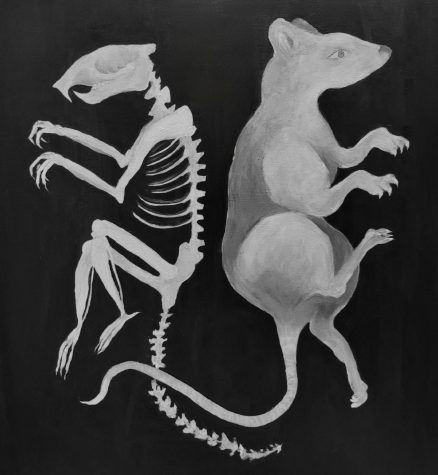
Your donation will support the student journalists of White Station High School. Your contribution will allow us to purchase equipment and cover our annual website hosting costs.



